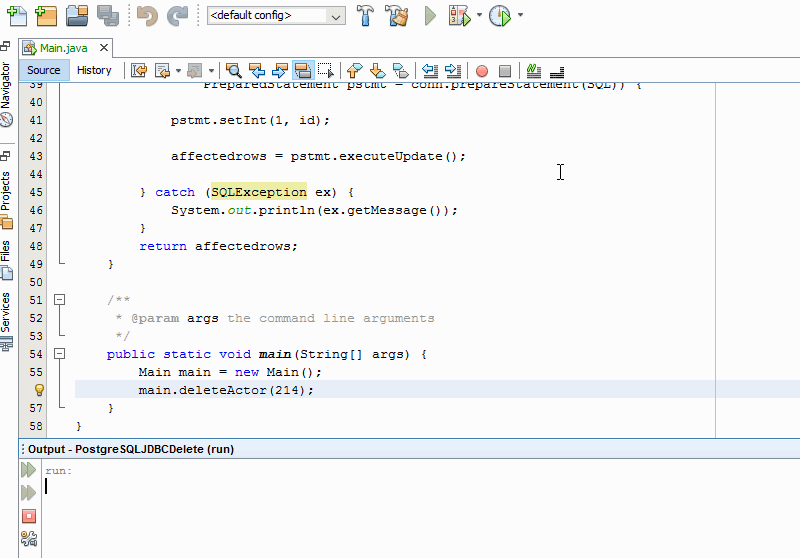
It’s very important to reduce the noise in logging to achieve faster debugging-this will also save you time and resources to store those logs. Logging a lot of information can lead to a waste of time if you are not able to point out which logs are important and which are not. Follow this blog to deploy PostgreSQL on Kubernetes and enable/disable various settings. To enable logging, you have to pass the configurations using the ConfigMaps in Kubernetes. Instead, you have to pass the configs during the start of these containers. However, in such cases, you don’t want to make changes directly in the pods or containers because those changes can be lost when the pods restart. You can also run the Docker version of PostgreSQL easily on Kubernetes or any other container orchestration platform. Nowadays, many tools and databases are run as Docker applications, PostgreSQL included. To do this, use the command: regsvr32 pgsql_library_directory/pgevent.dll Docker
Postgresql tutorial data file windows#
Make sure to register the event source system in the Windows OS so it can retrieve and show you event log messages using Windows Event Viewer. Windows Event Logįor PostgreSQL systems running on Windows, you can send logs to the Windows Event Log with the following configuration: log_destination = 'stderr, eventlog' You can also create a table on top of these logs and then use SQL to query for specific conditions. To switch your logs to CSV, you have to add the following line in the PostgreSQL configuration: csvlog /log/postgresql.csv CSV is well defined, making this process easy. If you want to upload logs to an analysis tool or program, you might want to save logs to a CSV file. You can use parameters like syslog_facility, syslog_indent, syslog_sequence_number in the PostgreSQL configuration file to format the logs. You need to do this on the syslog daemon via the following configuration: local0.* /var/log/postgresql You can easily configure PostgreSQL to log to syslog facilities. Common options here include logging to syslog, CSV, Windows Event, and Docker, all discussed further below. To disable the logging collector, you can configure the option to off: logging_collector offĭepending on your use case, you might want to change the location of your PostgreSQL logs. You can use syslog instead, as it can drop some messages and will not block the system. The logging collector will not allow any log messages to be lost, so at high load, it can block server processes, resulting in issues. Note that logging can sometimes be a problem in PostgreSQL. To change the location where the log files are stored when the log collector is enabled, you can use the log_directory parameter to specify a custom directory.

When you do, logs will start going to the default location defined by your OS. To enable PostgreSQL to create its own log files, you have to enable the logging_collector parameter.

Out of the box, PostgreSQL will show the logs in stderr, which is not very convenient since they’ll get mixed up with other processes logging to stderr as well. It is recommended to make all these changes using exclusively the config file, otherwise your changes may be lost when you restart your server.
Postgresql tutorial data file how to#
This article will show you how to tweak your settings in PostgreSQL using both a config file and a command line interface. Parsing lets you retrieve important information and metrics, which you can then plot to better visualize as data points. To get a bird’s-eye view of these logs, you can ship them to a centralized place and then have a way to search across all of them. This includes who has access to what component, what errors have occurred, what settings have changed, what queries are in process, and what transactions are being executed. PostgreSQL logs are text files showing you information related to what is currently happening in your database system. In this article, I’ll explain everything you need to know about PostgreSQL logs, from how to enable them to how to format and analyze them easily. With the help of the logs and metrics that PostgreSQL provides, you can achieve visibility. This makes visibility mandatory, which in turn means you have to understand how logging works in PostgreSQL. PostgreSQL is a critical point in your infrastructure, as it stores all of your data. Nearly all the big tech companies use PostgreSQL, as it is one of the most reliable, battle-tested relational database systems today. PostgreSQL is an open-source relational database management system that’s been utilized in continuous development and production for 30 years now.


 0 kommentar(er)
0 kommentar(er)
